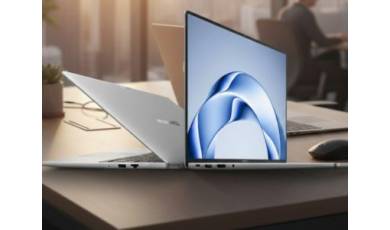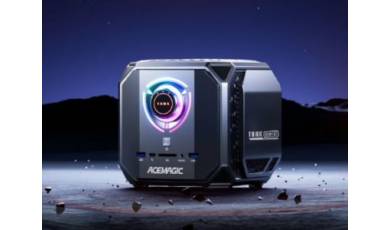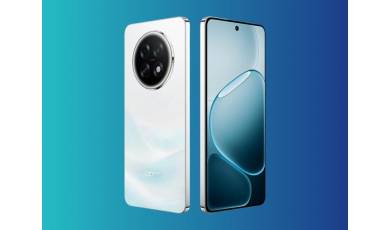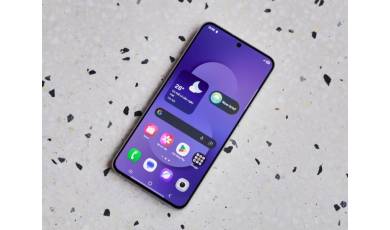Motorola Moto G30 Plus specs.
Mobiles >> Motorola >> Motorola Moto G30 Plus| Specifications | Reviews | Secret codes |
| Unlock phone | Root phone |
| Backup | Flash Firmware | Screenshot |
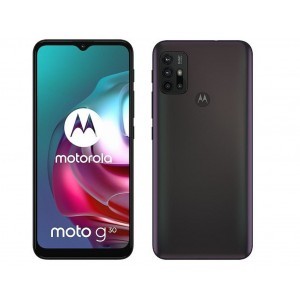
Basic Spec Motorola Moto G30 Plus
Smart Phone OS: An operating system (OS) is software that interacts between a user and a smartphone.
An operating system (OS) is software that interacts between a user and a smartphone.
Android 10
CPU: Central processing unit
Central processing unit
Octa-core (4x2.0 GHz Kryo 260 Gold & 4x1.8 GHz Kryo 260 Silver)
Chipset: Is a set of chips in the smartphone that control the CPU.
Is a set of chips in the smartphone that control the CPU.
Qualcomm SM6115 Snapdragon 662 (11 nm)
GPU: Graphics Processing Unit
Graphics Processing Unit
Qualcomm Adreno 610
Display Motorola Moto G30 Plus
Size:
6.6 inches, 105.2 cm2 (~83.8% screen-to-body ratio)
Display Type:
IPS LCD capacitive touchscreen, 16M colors
Screen Resolution: Screen resolution refers to the size of the image received on the screen in pixels
Screen resolution refers to the size of the image received on the screen in pixels
720 x 1600 pixels, 20:9 ratio (~266 ppi density)
Storage Motorola Moto G30 Plus
RAM ROM:
3/4 GB
Card Slot:
Yes, up to 256 GB via microSD card (uses dedicated slot)
Main Camera Motorola Moto G30 Plus
Camera Sensor(s):
48 MP 2 MP 2 MP main camera
Camera Type:
Triple Lenses
Video Resolution:
1080p@30/60fps, 720p@30fps
Selfie camera Motorola Moto G30 Plus
Camera Sensor(s):
8-megapixel
Camera Type:
Single Lens
Camera Features:
f/2.2 aperture
HDR
HDR
Video Resolution:
1080p@30fps, gyro-EIS
Sound Motorola Moto G30 Plus
Audio Jack Type:
Yes, 3.5mm audio jack,
Loudspeaker:
Yes
Sound Enhancements:
Active noise cancellation with dedicated mic
Speaker Location:
Chin, below display
Network connectivity Motorola Moto G30 Plus
2G: Second generation cellular network
Second generation cellular network
GSM 850 / 900 / 1800 / 1900
CDMA 800 / 1900
CDMA 800 / 1900
3G: Third generation cellular network
Third generation cellular network
HSDPA High-Speed Downlink Packet Access 850 / 900 / 1700(AWS) / 1900 / 2100
High-Speed Downlink Packet Access 850 / 900 / 1700(AWS) / 1900 / 2100
CDMA2000 1xEV-DO
CDMA2000 1xEV-DO
4G: Fourth generation cellular network
Fourth generation cellular network
4G LTE Band: 1, 2, 3, 4, 5, 7, 8, 12, 13, 14, 17, 25, 26, 29, 30, 38, 41, 66, 71
5G:
Does not support 5G network
Technology:
GSM / CDMA Code Division Multiple Access / HSPA
Code Division Multiple Access / HSPA High Speed Packet Access / EVDO
High Speed Packet Access / EVDO Evolution-Data Optimized / LTE
Evolution-Data Optimized / LTE
Speed:
HSPA High Speed Packet Access 42.2/5.76 Mbps, LTE
High Speed Packet Access 42.2/5.76 Mbps, LTE
Bluetooth: Bluetooth is used to exchange data between nearby mobile devices.
Bluetooth is used to exchange data between nearby mobile devices.
Bluetooth 5.0, A2DP, LE
FM Radio:
No
GPS: Global Positioning System
Global Positioning System
Yes, with A-GPS Assisted Global Positioning System, GLONASS
Assisted Global Positioning System, GLONASS GLObal NAvigation Satellite System, GALILEO
GLObal NAvigation Satellite System, GALILEO European Global Navigation Satellite System, LTEPP, SUPL
European Global Navigation Satellite System, LTEPP, SUPL
NFC: Near field communication
Near field communication
No
USB: Universal Serial Bus
Universal Serial Bus
USB Type-C 2.0, USB On-The-Go
Wi-fi:
Wi-Fi 802.11 a/b/g/n/ac, dual-band, Wi-Fi Direct, hotspot
Phone features Motorola Moto G30 Plus
Java Support:
No
Sensors:
Fingerprint (side-mounted), accelerometer, gyro, proximity, compass, barometer
Battery Motorola Moto G30 Plus
Battery Capacity:
Non-removable Li-Po 5000 mAh battery
Fast Charging:
Yes, Fast battery charging 15W
Wireless Charging:
No
Music Play:
Up to 35 hours
Stand-by:
Up to 560 hours
Talk Time:
Up to 32 hours
Size Motorola Moto G30 Plus
Build:
Glass front
- Plastic back
- Plastic frame
- Water-repellent coating
- Plastic back
- Plastic frame
- Water-repellent coating
SIM:
Single SIM (Nano-SIM)
Comments, Questions and Answers about Motorola Moto G30 Plus
Ask a question about Motorola Moto G30 Plus

